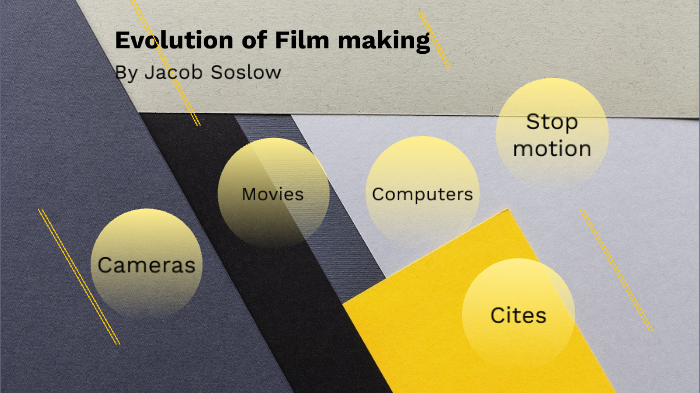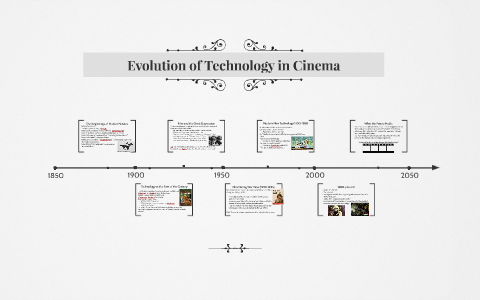The Evolution of Filmmaking Technology and Its Impact on Modern Cinema

From Flickering Images to Immersive Worlds: The Evolution of Filmmaking Technology and Its Impact on Modern Cinema
The history of cinema is a thrilling tapestry woven with threads of technological innovation. From the rudimentary contraptions of the 1890s to the sophisticated digital arsenals of today, the relentless pursuit of capturing and presenting moving images has profoundly shaped the art form we know as modern cinema. This journey, marked by breakthroughs in cameras, film stock, editing techniques, and distribution methods, has not only revolutionized how films are made but also redefined the very essence of storytelling on screen.
The Dawn of Moving Pictures: A Mechanical Marvel
The late 19th and early 20th centuries witnessed a flurry of inventive minds wrestling with the challenge of capturing and projecting moving images. Early pioneers like Thomas Edison and the Lumière brothers utilized simple, hand-cranked cameras and projectors, resulting in short, black-and-white films that captured everyday life with a stark, almost voyeuristic quality. These primitive devices, though limited in their capabilities, laid the foundation for the cinematic language we’re familiar with today. The limitations – short runtimes, static cameras, and grainy images – ironically fueled creative innovation, forcing filmmakers to rely on compelling narratives and visual composition to captivate audiences.
The Golden Age and the Rise of Narrative:
The silent era, spanning roughly from 1910 to 1927, saw the emergence of cinematic grammar. Filmmakers began experimenting with editing techniques like cross-cutting and montage, manipulating time and perspective to enhance storytelling. The development of sophisticated camera movements, such as tracking shots and crane shots, added dynamism and depth to the visuals. The rise of Hollywood as a filmmaking hub standardized production practices and spurred the development of narrative conventions that continue to influence contemporary cinema.
| Era | Key Technological Advancement | Impact on Storytelling |
|---|---|---|
| Silent Era | Development of sophisticated camera movements | More dynamic and expressive visual storytelling |
| Golden Age | Introduction of sound | Rise of musical scores and dialogue-driven narratives |
| New Hollywood | Wider use of handheld cameras & location shoots | More realistic and gritty depictions of reality |
| Digital Era | CGI, digital editing, high-resolution cameras | Unprecedented levels of visual effects and realism |
Sound and Color: Expanding the Cinematic Palette
The introduction of synchronized sound in the late 1920s was a seismic shift. It fundamentally altered the way stories were told, giving rise to dialogue, musical scores, and sound effects that enriched the cinematic experience. The subsequent introduction of color film stock in the 1930s further expanded the expressive possibilities of the medium, allowing filmmakers to utilize color as a potent tool for mood, atmosphere, and symbolic representation.
The New Hollywood and Beyond: A Revolution in Aesthetics
The 1960s and 70s witnessed a rebellion against the established Hollywood norms. The “New Hollywood” movement championed handheld cameras, location shooting, and more naturalistic acting styles, resulting in a grittier, more realistic aesthetic that challenged the polished look of previous eras. Filmmakers like Martin Scorsese, Francis Ford Coppola, and Steven Spielberg pushed the boundaries of narrative structure and stylistic experimentation, leaving an indelible mark on contemporary cinema.
The Digital Revolution: Unleashing Creative Potential
The late 20th and early 21st centuries saw the digital revolution sweep through filmmaking. The advent of digital cameras, non-linear editing software, and computer-generated imagery (CGI) fundamentally transformed the production process. Digital technology drastically reduced costs, offering greater accessibility to filmmaking tools for independent artists. CGI, in particular, has expanded the realm of visual storytelling, enabling filmmakers to create fantastical worlds and breathtaking special effects previously unimaginable. High-definition cameras and advanced post-production techniques have further enhanced visual fidelity, leading to an unprecedented level of realism and detail in modern films.
The Future of Filmmaking: Emerging Technologies and Creative Exploration
The evolution of filmmaking technology continues at an unrelenting pace. Virtual reality (VR), augmented reality (AR), and artificial intelligence (AI) are already beginning to shape the future of cinematic storytelling. Immersive experiences, interactive narratives, and AI-driven tools for scriptwriting, editing, and visual effects promise to transform how films are made and experienced. The fusion of technology and artistry will undoubtedly lead to further innovations in cinematic language and visual storytelling, pushing the boundaries of narrative and emotional engagement in ways we can only begin to imagine. The journey, as always, is far from over. The next chapter in this technological saga will undoubtedly be as transformative as those that preceded it.

